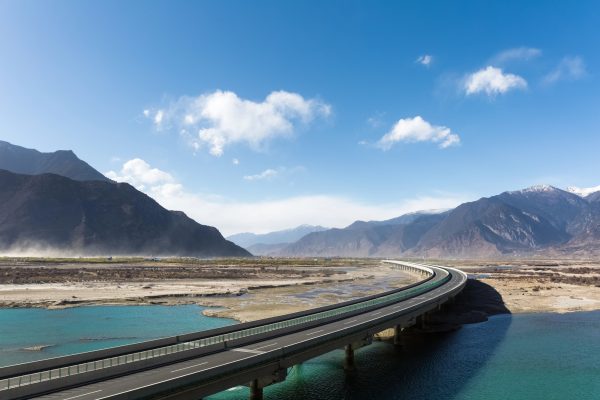China’s stewardship of the Third Pole will shape not only Asia’s water security but the credibility of global climate cooperation.
Amid the crowded headlines on the South China Sea and Taiwan Strait, another transformation of considerable consequence is unfolding quietly on the roof of the world. The Tibetan Plateau – often known in the scientific literature as the Qinghai-Tibet Plateau and also called the Third Pole – is becoming an increasingly important component of Beijing’s national power architecture. Yet its remaking is not only military or infrastructural. It is also technological and, importantly, environmental.
COP30 in Brazil must discuss how national sovereignty and global ecological interdependence intersect in one of the world’s most fragile ecosystems.
Recent years have seen a steady consolidation of the People’s Liberation Army (PLA) Western Theater Command through a network of dual-use infrastructure across Tibet. Roads, airfields, rail links, and logistics hubs now enable rapid troop mobility along the China-India frontier. These developments are part of what Beijing calls its Military-Civil Fusion (MCF) doctrine.
MCF represents more than an operational doctrine. It is a form of “infrastructural deterrence,” in which mobility, access, and logistics substitute for overt escalation. The same highway that moves civilians one week can carry an infantry division the next. The result is a frontier where development and deterrence are structurally indistinguishable. Of course, such fusion is not exclusive to China, and deterrence is preferable over overt escalation.
Tibet’s militarization and its civilian expansion have therefore become interlinked processes.
Continue Reading on The Diplomat
This preview shows approximately 15% of the article. Read the full story on the publisher's website to support quality journalism.
